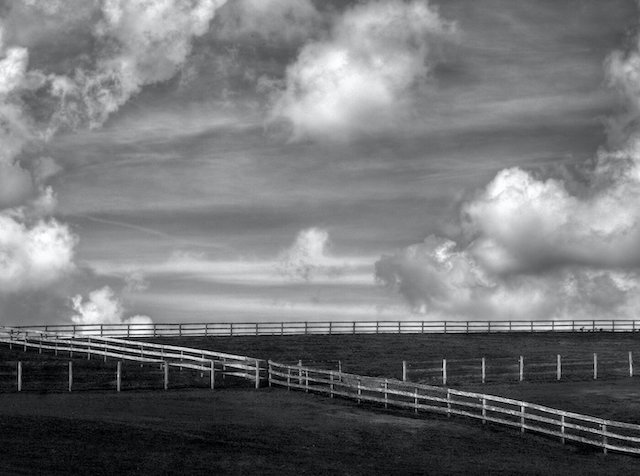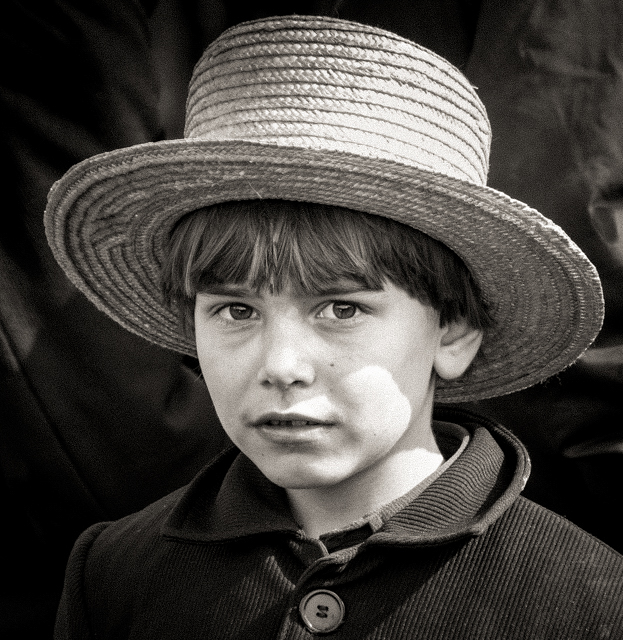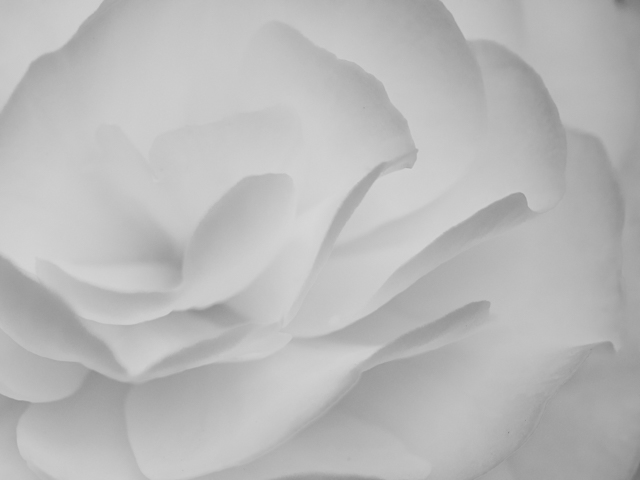Why Black and White?
April 19, 2023 by Admin
Black and white photography is experiencing a resurgence in popularity both in the digital world and the analog (film) world. What is it that’s responsible for this increased interest? Photography started as a purely black and white process and perhaps people want to explore the origin of the medium, as the saying goes, “what’s old is new again.”
Regardless of the reason, black and white photography provides today’s photographer with so many opportunities to create and express their artistic vision.
- One of the most obvious things we note about black and white photography is it’s opposite – color. Color can distract the viewer from the essential quality of the image, the composition, the emotion and the overall mood of the image.
Beyond being a distraction, we associate emotions with certain colors – yellow represents joy, green represents growth, blue for calmness, etc. There are times where your color images may be representing a feeling that you did not want the viewer to feel. In these cases, black and white may be far more effective.
- Another great reason to shoot black and white is when the colors in the scene before you are drab. A cloudy day with washed out neutral colors can be made stronger by removing all color.
- Additionally, when the light is harsh and the scene shows bright highlights and strong shadows, this is a great opportunity to show shapes and patterns by using black and white.
Black and white reveals the “bones” of the image and therefore your overall composition must be clearly understood by the viewer. The basic elements of black and white photography are:
- Contrast represented by light and shadows

- Mood and atmosphere
- Lines and therefore patterns
- Forms, shapes and textures
- Overall composition
Black and white more easily represents the emotive quality of the image that you are creating due to this ability to emphasize certain compositional elements.
Black and white photography also conveys a feeling of timelessness. Look at the image of the Amish boy. Are you able to tell when this image was created? Whenever you want to give an image a timeless feel, black and white will help convey that.
The image of the calla lily is pure shape and form with contrast of light and dark to help the viewer immediately see the impact of the subject. 
On the other hand, the image of the begonia has little contrast and is more of a study of its lines and patterns and its ethereal feeling.
The image of the fence line shows nice contrast and strong compositional elements.
T he broken window demonstrates the intricate details of the lines and patterns that are far more emphasized in a black and white image. Notice the repetitive pattern of squares represented by the overall shape of the window and its panes.
he broken window demonstrates the intricate details of the lines and patterns that are far more emphasized in a black and white image. Notice the repetitive pattern of squares represented by the overall shape of the window and its panes.
In closing, the more you experiment converting your images to black and white the more you will begin to see the advantages and the opportunities to express your art.
Note - You should always shoot in color and later convert to black and white in a software program such as Lightroom or Silver Efex Pro. The algorithms in your software programs are far more powerful than the ones in your camera.
If you are shooting in Raw, it’s fine to capture in black and white using your cameras, “Picture Style” “Color Controls” or whatever it’s called in your brand of camera (look for the Monochrome setting). This can help you “see” in BW as you capture and may help you develop your eye for good subjects. When you see the file in your software program, it will display in color and then you can convert it to BW.
However, if you are shooting JPEGs, then definitely capture in color and process in black and white, you cannot turn a BW JPEG into a color file.
To learn more about black and white photography (capture, editing and printing), check out our From Capture to Print: The Art of Black and White Photography class starting on May 17. Join Lewis Katz live on Zoom for this 4 session class.
